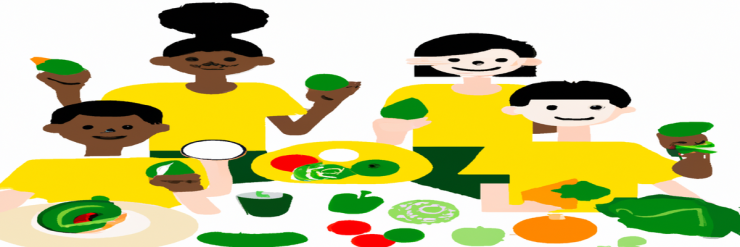The Volumetrics Diet

How To Fill Up On Low-Calorie Foods?
The Volumetrics Diet is a weight loss plan that encourages individuals to fill up on low-calorie, high-volume foods in order to reduce their overall calorie intake and promote weight loss. This diet is based on the idea that you can eat a larger quantity of food and still lose weight, as long as the foods you eat are low in calories but high in fiber and water content.
The Volumetrics Diet is a flexible, balanced and nutritious eating plan that emphasizes nutrient-rich, low-calorie foods like fruits, vegetables, whole grains, lean proteins, and low-fat dairy products. These foods are high in fiber and water, which helps you feel full and satisfied, even though you are consuming fewer calories. Additionally, high-volume foods tend to be less energy-dense, meaning they have fewer calories per unit of volume, making them a smart choice for weight loss.
To follow the Volumetrics Diet, start by dividing foods into four categories: Category 1 (very low calorie foods), Category 2 (low calorie foods), Category 3 (medium calorie foods), and Category 4 (high calorie foods). The goal is to eat mostly foods from Categories 1 and 2, while limiting your intake of foods from Categories 3 and 4.
One of the key principles of the Volumetrics Diet is to eat slowly and savor each bite, allowing your brain to register that you're full before you've overeaten. This means avoiding distractions like watching TV or working at your computer while eating, and paying attention to the taste, texture, and temperature of your food.
In addition to helping you control your calorie intake, the Volumetrics Diet also provides numerous other health benefits. For example, by emphasizing nutrient-rich, high-volume foods like fruits, vegetables, and whole grains, this diet promotes a healthy gut microbiome, which is essential for overall health and wellness. Additionally, the Volumetrics Diet provides ample amounts of protein and healthy fats, which are essential for building and repairing muscle tissue, maintaining a healthy immune system, and regulating hormones.
Overall, the Volumetrics Diet is a smart, balanced, and sustainable approach to weight loss. By emphasizing low-calorie, high-volume foods, this diet helps you control your calorie intake, reduce your risk of overeating, and achieve a healthy and sustainable weight loss. Whether you're looking to lose a few pounds or make a significant change to your eating habits, the Volumetrics Diet is a great choice for anyone looking to improve their health and well-being.
Foods You Can Eat On The Volumetrics Diet
1. Category 1 (Very Low Calorie Foods):
Vegetables like broccoli, carrots, and cauliflower, as well as fruits like apples, berries, and citrus fruits.
2. Category 2 (Low Calorie Foods):
Whole grains like brown rice, oatmeal, and whole grain bread, as well as lean proteins like chicken breast, turkey, and fish.
3. Category 3 (Medium Calorie Foods):
Foods like pasta, potatoes, and starchy vegetables, as well as low-fat dairy products like milk and yogurt.
4. Category 4 (High Calorie Foods):
Foods like butter, cheese, and fatty meats, as well as snacks like chips and candy.
A Typical Day On The Volumetrics Diet
1. Breakfast:
Oatmeal with berries and a glass of low-fat milk.
2. Snack:
Fresh fruit.
3. Lunch:
Grilled chicken salad with mixed greens, veggies, and a low-fat dressing.
4. Snack:
Veggies with hummus.
5. Dinner:
Grilled fish with roasted vegetables.
6. Dessert:
Fresh fruit.
As you can see, the focus is on eating mostly low-calorie, high-volume foods like fruits and vegetables, while limiting high-calorie, low-volume foods like butter and cheese. By doing so, you can control your calorie intake and promote weight loss without feeling deprived.
